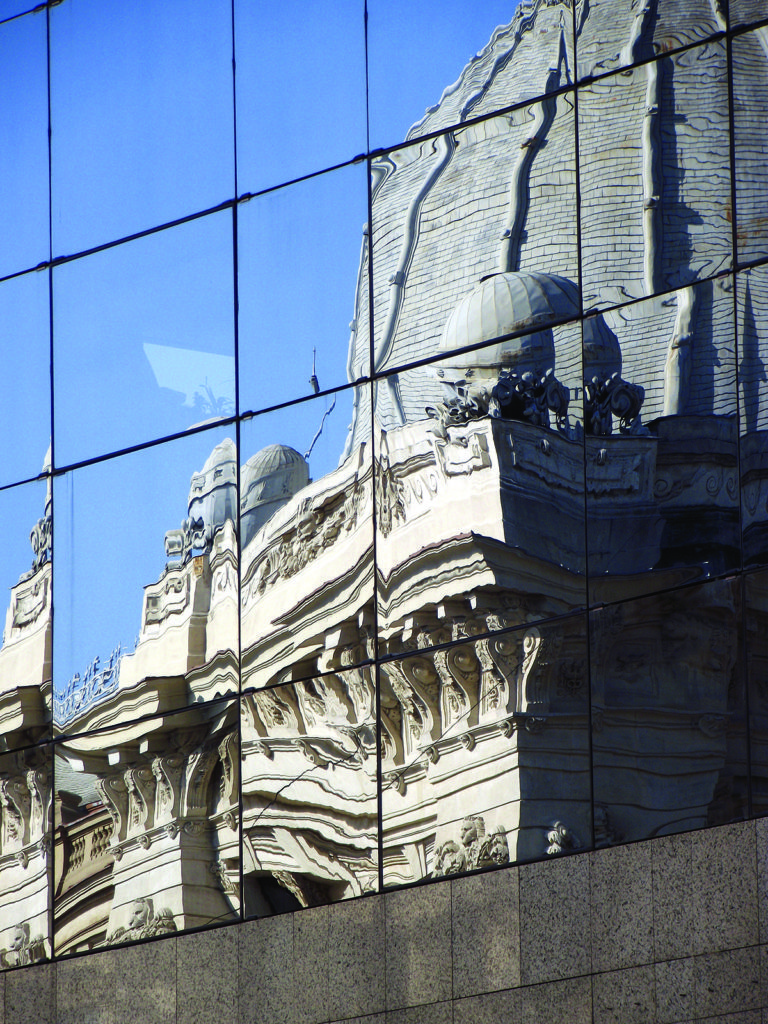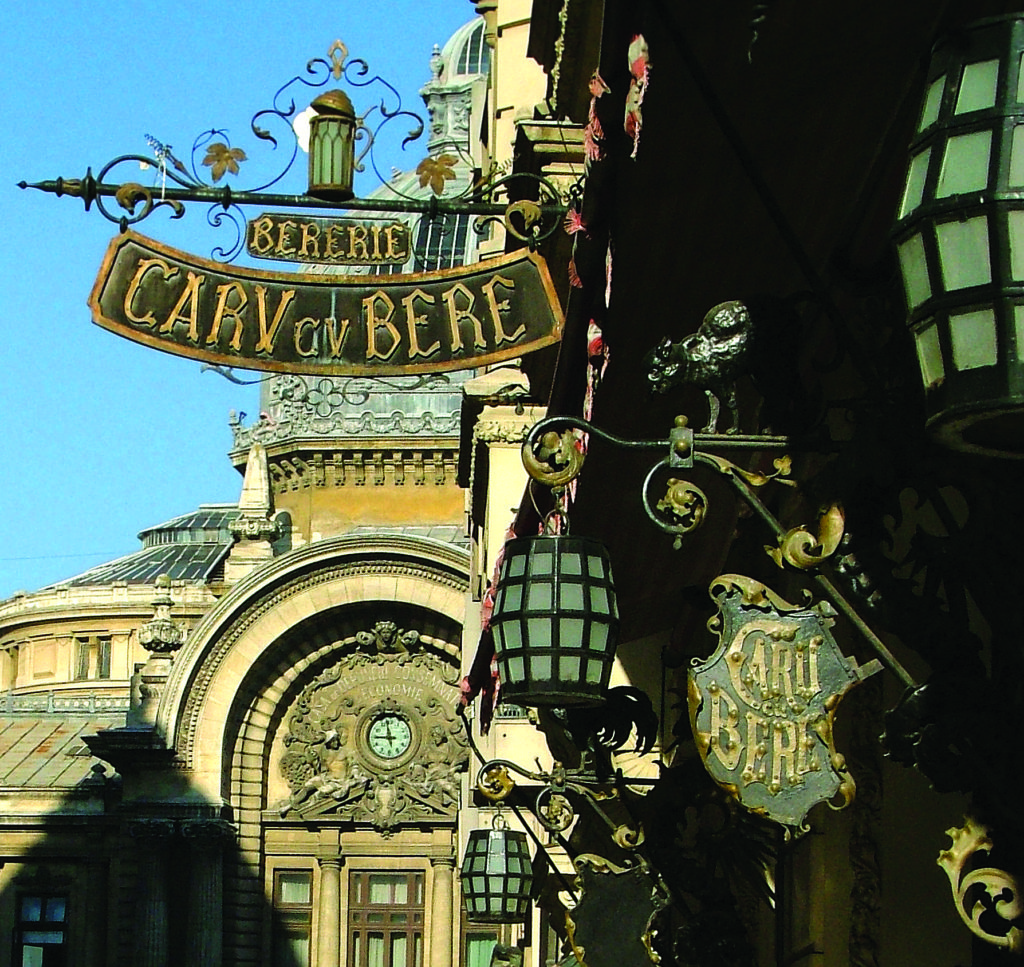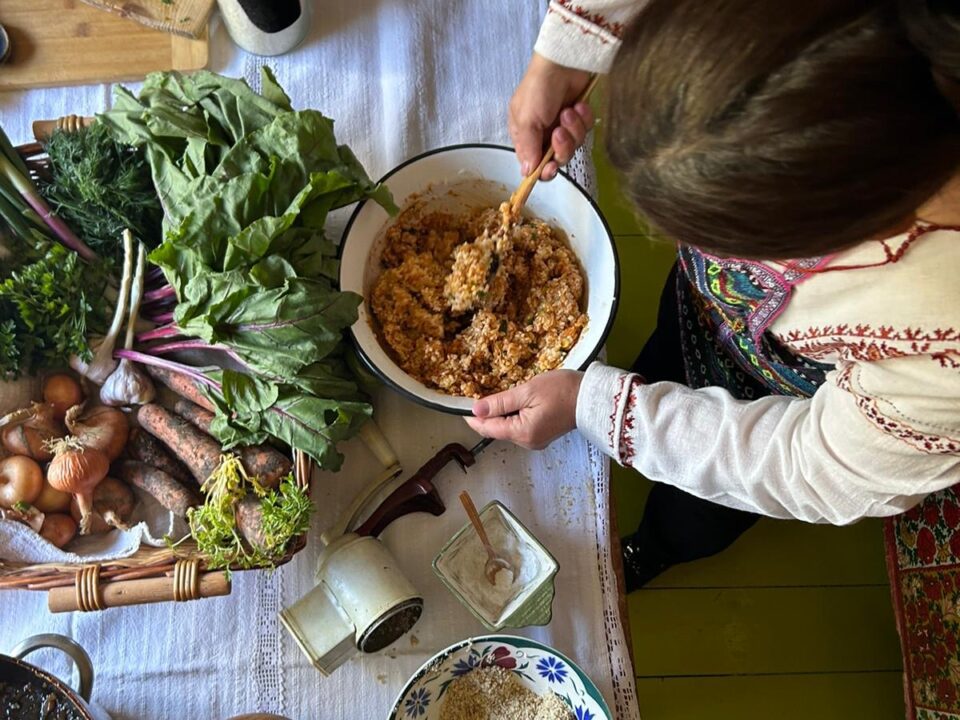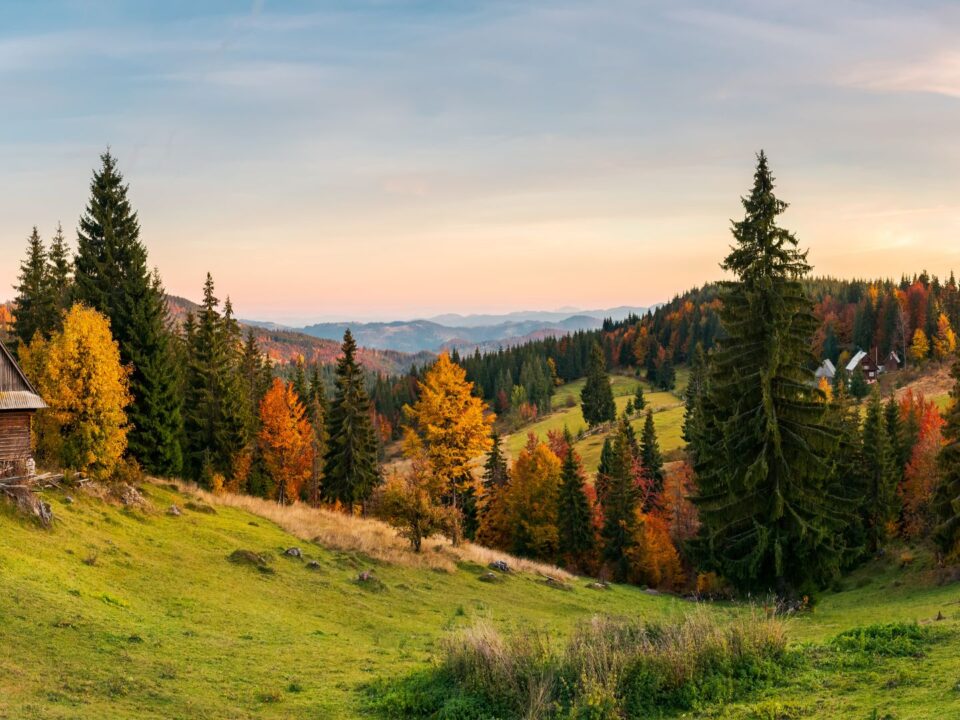
Transylvania’s Fortified Churches
March 16, 2018
Romanian Village Museum – “Muzeul Satului”
May 4, 2018Story by Warren Singh-Bartlett
Wander along the busy boulevards of Bucharest and you’ll be forgiven for thinking that with the exception of the historic core and a few graceful older buildings, the entire city is shiny new glass towers and crumbling old Communist concrete blocks. Take the time to wander its backstreets, though, and you’ll discover that this first impression is not entirely accurate.

Reflection on a glass building © Noi Media
From old city centre neighbourhoods like Negustori, Mantuleasa and Armenesc, to the side streets of Cotroceni and Dorobanti, the minute you leave the main streets behind, you enter an entirely different world and far quieter city. The shop fronts give way to the occasional café and corner store, the towers to houses and villas, often arranged in a small cluster around a garden courtyard or tucked in their own little worlds down a side alley. The bustle of the main streets is replaced by a gentler pace of life that in places almost feels rural.
Utilitarian facades become more ornate and in street after street, you’ll find houses built in a plethora of decorative styles, from Neo-Romanian and Art Nouveau, to Art Deco and early Modernist, all arranged around 18th Century churches, leafy neighbourhood parks and public squares.

Caru cu Bere, Bucharest© Noi Media
This Bucharest feels more like a collection of villages than it does a bustling metropolis and if you keep an eye open, you’ll even find old wooden buildings amongst the stone and concrete. In places, the spell of yesterday is so complete that you’ll feel like you have momentarily dropped out of the modern world entirely until, as you turn a corner, the present abruptly returns in the form of a block of collective housing, a cultural centre or a row of shops.
You’ll also notice, as you walk the backstreets, that a number of these older buildings are empty and that even those that are inhabited, have seen better days. In both cases, the reason lies in Romania’s Communist period, when all private property was nationalised and single family homes, even individual apartments, were re-divided and shared amongst several different tenants. Residents, who were not owners, had little incentive to pay for maintenance and so over time, the older, grander buildings began to decay.
When the Communist period ended, the Romanian government suddenly found itself responsible for properties it could not take care of and so in a rush to denationalise, any resident of a building who had the means to buy it was able to do so, regardless of whether the building’s title holders were still around.
In some cases, the purchases were not contested, as the original owners had died, emigrated or else no longer possessed proof of ownership but many more were and so new owners sometimes found themselves taken to court by the original owners, who wanted their properties back. Further complicating matters, during this period of transition, there were a number of cases of a property being sold by people who did not have the right to do so.
The result was a deluge of legal cases that still tie up the courts today and this is why, if you are tempted to buy one of those charming old period homes that you wander around, you may also want to make sure that before you hand over your money, the person you are buying it from has the right to sell it in the first place.




